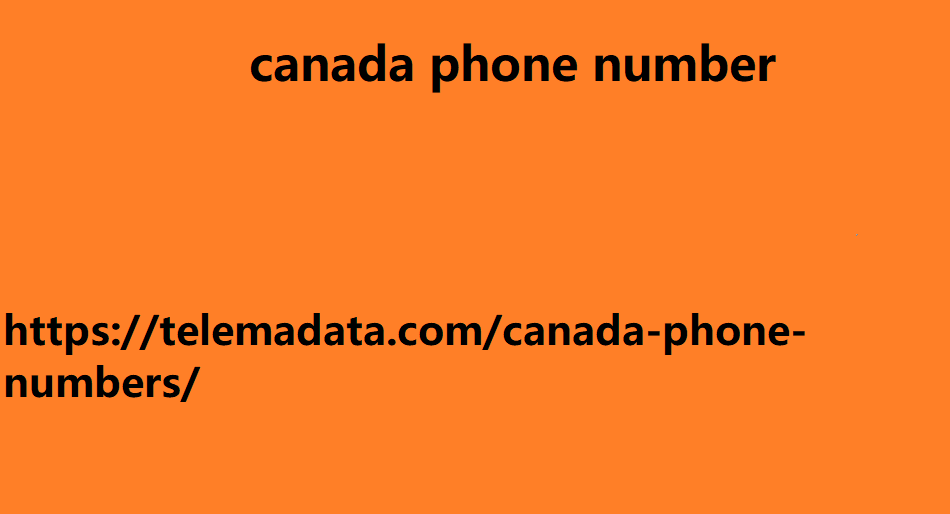What is a CNAME record?
A CNAME record, short for Canonical Name record, is a type of DNS (Domain Name System) record that maps an alias domain name to a canonical domain name. In simpler terms, it is a way to point one domain to another domain. For example, if you have a website with the domain name “example.com” and you want to create a subdomain called “blog.example.com”, you can use a CNAME record to point the subdomain to the main domain.
How does a CNAME record work?
When a user tries to access a website using a domain name, their browser sends a request to a DNS server to translate the domain name into an IP address. The DNS server then looks up the CNAME record associated with the domain name and returns the canonical domain name. The browser then makes a new request to the DNS server with the canonical domain name to get the corresponding IP address and load the website.
Why use CNAME records?
CNAME records are commonly used for creating canada phone number subdomains, such as “www” or “blog”, and for setting up third-party services like email providers or content delivery networks (CDNs). They are also useful for domain forwarding, where one domain is redirected to another domain without changing the URL in the browser’s address bar. Additionally, CNAME records allow for easier domain management and can simplify the process of changing the IP address of a domain.
How to create a CNAME record?
Creating a CNAME record involves logging into your domain registrar’s account and accessing the DNS management section. From there, you can add a new CNAME record and enter the alias domain name (e.g., “blog.example.com”) and the canonical domain name (e.g., “example.com”).
Benefits of using CNAME records
- Simplifies domain management
- Easy to create and update
- Allows for flexible domain routing
- Enables domain forwarding without changing URLs
Conclusion

In conclusion, Whether you are setting up subdomains, third-party services, or domain forwarding, CNAME records offer a simple and efficient solution. Take Singapore Business Phone List advantage of this versatile DNS record type to enhance your online presence and ensure seamless domain operations.
Meta Description: Learn about CNAME records and how they can help you manage and route domain names effectively.
With this comprehensive guide, you can navigate the world of CNAME records with confidence and optimize your website’s performance with ease.

